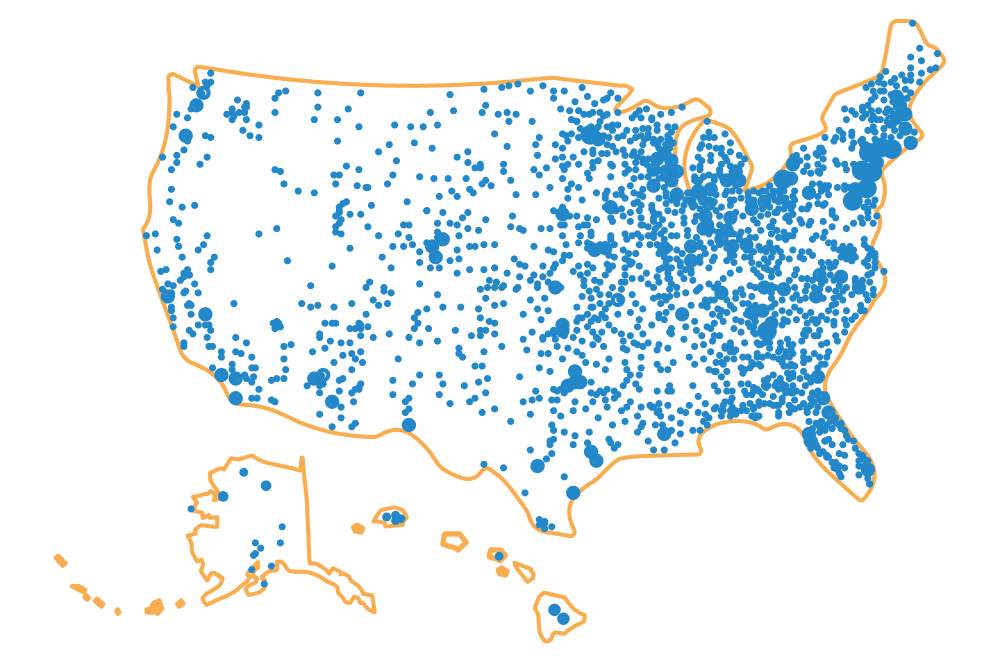As you proudly watch your child learn to walk across the floor, you start thinking about how quickly they've grown. And it hits you, college will be coming up quick, too! Start saving for their higher education expenses as soon as possible and use a 529 plan to place those funds for all the tax advantages it offers. Here are some of your own steps to take.
Best sources for 529 information
Need a place to start doing research on 529 college savings plans? Head over to an unbiased source of 529 college savings plan information – Saving For College. This site provides 529 plan rankings, calculators, and informative articles on college savings, scholarships, and financial aid. Additionally, Morningstar, an independent investment research company also evaluates the nation’s 529 college savings plans; here’s their most recent findings. Another resource, College Savings Plan Network, can help you to compare multiple state plans. You should always check out your state’s 529 plan, as there may be an added tax incentive to save in it.
529 plan tax advantages
For instance, with Ohio 529 CollegeAdvantage, Ohio residents who contribute to an Ohio 529 account can deduct up to $4,000 per beneficiary, per year, in contributions from their taxable state income. However, you can also contribute more than $4,000 in a year. Contributions over $4,000 per beneficiary, per year, may simply be carried forward to future tax years, until all of your contributions are fully deducted.
What are the other tax benefits? Established by Section 529 of the Internal Revenue Code, these college savings plans encourage parents to save their children’s future higher education costs in a tax-advantaged manner. The tax benefits are:
- Tax-free earnings, so all investment growth is yours to cover higher education costs.
- 529 plan withdrawals cover qualified higher education expenses at federally accredited programs tax-free. Check the school code search at FAFSA to see if the program qualifies. These expenditures include tuition; room and board (on and off campus) when the beneficiary is enrolled at least half-time; mandatory fees; computer equipment and related technology as well as internet services; books, supplies and equipment related to enrollment and classes; certain expenses for a special-needs student, and withdrawals up to $10,000 per student, per year, for K-12 tuition at a public, private, or religious elementary or secondary schools.
What about financial aid?
Don’t worry; saving in a 529 college savings plan has a minimal effect on financial aid. For parent-owned accounts, the assets in a 529 account will be included at a maximum of 5.64% for the Expected Family Contribution (EFC) calculations for the Free Application for Federal Student Aid (FAFSA). For lower-income families, this percentage rate may be even lower. As an example, if you, as a parent, save $10,000 in your child’s 529 plan, then only $564 of those college funds will be used in the calculations for financial aid.
And what about scholarships?
A 529 account is still an important component of your college-saving strategy even if your child earns a scholarship. Very few scholarships cover 100% of the costs; for instance, a scholarship may only cover the cost of tuition. A 529 plan is perfect for filling the gaps with other qualified higher education expenses. If you are fortunate and the scholarship does cover all qualified higher education expenses, hold onto the 529 plan for your child’s continuing education such as graduate, law, or medical school. You can also transfer the 529 plan funds to another beneficiary. The new recipient must be a family member to the original beneficiary — including siblings, stepsiblings, stepparents, cousins, grandparents, nieces and nephews — to avoid tax penalties. You can also hold onto the account for your grandchildren’s future college costs since there are no time limits for using 529 plans. You can even roll over the account to yourself to fund your own continuing education!
Lastly, you have the option of withdrawing up to the same dollar amount as the scholarship from the 529 plan. This will be considered a non-qualified withdrawal and the earnings portion of the withdrawal will be subject to federal and state income taxes. Normally, there would be an additional 10% federal tax penalty on the earnings but there are three waivers for this penalty: if the student becomes disabled or dies; if the student attends a U.S. military academy; or if the student receives a scholarship. In this circumstance, since the withdrawal is for a beneficiary earning a scholarship, this federal tax penalty would not be imposed.
Honors for Ohio’s 529 Plan
If you looked at those unbiased 529 plan informational website, you may have discovered how well regarded Ohio’s 529 Plan, CollegeAdvantage, is within the college savings industry.
Every year, trusted financial industry investment research and management company, Morningstar, reviews the nation’s 529 college savings programs. Once its analysis is complete, Morningstar ranks the 529 plans. In its November 2024 report, Ohio’s CollegeAdvantage Direct 529 Plan maintained its silver rating for the tenth year in a row. In addition, BlackRock CollegeAdvantage, Ohio’s Advisor 529 Plan retained its bronze ranking. This makes Ohio one of only three state programs that have both their Direct and Advisor 529 Plans ranked as medal-class college savings programs by Morningstar. The high ranking for both CollegeAdvantage 529 Plans highlights the strength of these two college savings plans as well as the industry’s regard for Ohio’s 529 Plan as one of the best in the nation.
Forbes Advisor ranks Ohio’s 529 Plan as one of the six best college savings programs in the nation. According to their explanation: “Ohio’s 529 Plan comes with features in line with the other plans on our list, including low fees, a range of investment options and a tax deduction for Ohio taxpayers. … The plan also comes with a minimum contribution, both to open the account and for each contribution thereafter. But it is small ($25) and likely manageable for many plan participants.”
Also, CNBC selected Ohio’s 529 Plan as one of the five best programs nationwide. As they wrote, “There isn’t much not to like about the CollegeAdvantage 529 plan — there’s a good mix of investment options (including FDIC-insured accounts), low fees and plans from top companies like Dimensional Fund Advisors. In fact, overall management fees are some of the lowest we’ve seen. Combined with low expense ratios, this makes this plan one of our top picks.”
Money Inc. ranks Ohio’s 529 Plan, CollegeAdvantage, second in its list of the top ten 529 programs nationwide. They highlighted the “tax break for Ohio residents, a diverse selection of investment alternatives, and low fees.”
Ohio’s 529 Plan tools and calculators
If you haven’t started saving in 529 account, Ohio’s 529 Plan offers calculators and tools to build a 529 plan that best fits your family’s needs. The Cost of Delaying Savings tool can determine how much more money you’ll need to save to reach your college savings goals if you aren’t able to maximize the power of compound interest by saving as early as possible. With the College Savings Estimator, you can input your own figures to receive an estimated monthly savings amount needed to reach your savings goals. Use this tool to vary the amounts of monthly contributions to see how setting aside a little more money can really add up. The Tax Benefit Tool can illustrate how the tax benefits of a 529 plan can build the account when compared to a taxable savings account. Your asset allocation strategy is one of the most important investment decisions to make. If you aren’t sure what level of risk you’re willing to take in your investment strategy, the risk tolerance questionnaire can determine your comfort level.
An additional tool: CollegeAdvantage also provides 529 account strategies designated by life stages, what steps to consider as your child grows closer to needing the 529 funds for their higher education. Also, CollegeAdvantage Direct Plan offers a variety of investment options including ready-made, age-based or ready-made, risk-based portfolios if you like the asset allocation mix in your 529 account to auto-adjust as your child grows older by reducing equity and increasing more conservative investment vehicles.
As your child takes her first steps, take your own first steps in setting up a 529 college savings plan for her future higher education. While researching 529 plans, make sure to check out the highly regarded Ohio’s 529 Plan. When you open a CollegeAdvantage account, you’re making an investment in your child. Every dollar saved today is a dollar that doesn’t have to be borrowed which makes Ohio’s 529 college savings plan an excellent alternative to student loan debt. Ohio’s 529 Plan, CollegeAdvantage, is your plan, your way.








